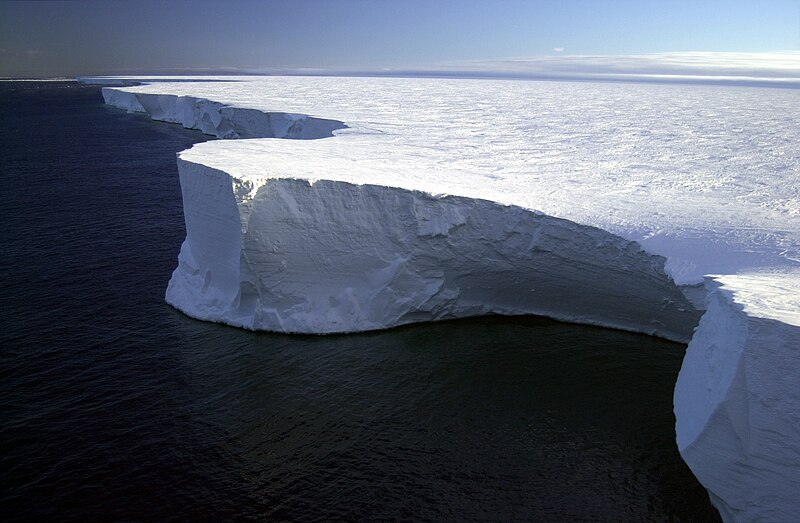קובץ:Research on Iceberg B-15A by Josh Landis, National Science Foundation (Image 4) (NSF).jpg

גודל התצוגה המקדימה הזאת: 800 × 523 פיקסלים. רזולוציות אחרות: 320 × 209 פיקסלים | 640 × 418 פיקסלים | 1,024 × 669 פיקסלים | 1,280 × 837 פיקסלים | 1,995 × 1,304 פיקסלים.
לקובץ המקורי (1,995 × 1,304 פיקסלים, גודל הקובץ: 1.35 מ"ב, סוג MIME: image/jpeg)
היסטוריית הקובץ
ניתן ללחוץ על תאריך/שעה כדי לראות את הקובץ כפי שנראה באותו זמן.
| תאריך/שעה | תמונה ממוזערת | ממדים | משתמש | הערה | |
|---|---|---|---|---|---|
| נוכחית | 03:12, 11 בספטמבר 2007 |  | 1,304 × 1,995 (1.35 מ"ב) | Flickr upload bot | Uploaded from http://flickr.com/photo/39735679@N00/435955203 using User:Flickr upload bot |
שימוש בקובץ
הדף הבא משתמש בקובץ הזה:
שימוש גלובלי בקובץ
אתרי הוויקי השונים הבאים משתמשים בקובץ זה:
- שימוש באתר de.wikipedia.org
- שימוש באתר en.wikipedia.org
- שימוש באתר en.wikivoyage.org
- שימוש באתר es.wikipedia.org
- שימוש באתר fa.wikipedia.org
- שימוש באתר fr.wikipedia.org
- שימוש באתר hy.wikipedia.org
- שימוש באתר id.wikipedia.org
- שימוש באתר ja.wikipedia.org
- שימוש באתר lt.wikipedia.org
- שימוש באתר nl.wikipedia.org
- שימוש באתר nn.wikipedia.org
- שימוש באתר pl.wikipedia.org
- שימוש באתר pt.wikipedia.org
- שימוש באתר sr.wikipedia.org
- שימוש באתר th.wikipedia.org
- שימוש באתר uk.wikipedia.org
- שימוש באתר www.wikidata.org
- שימוש באתר zh.wikipedia.org

